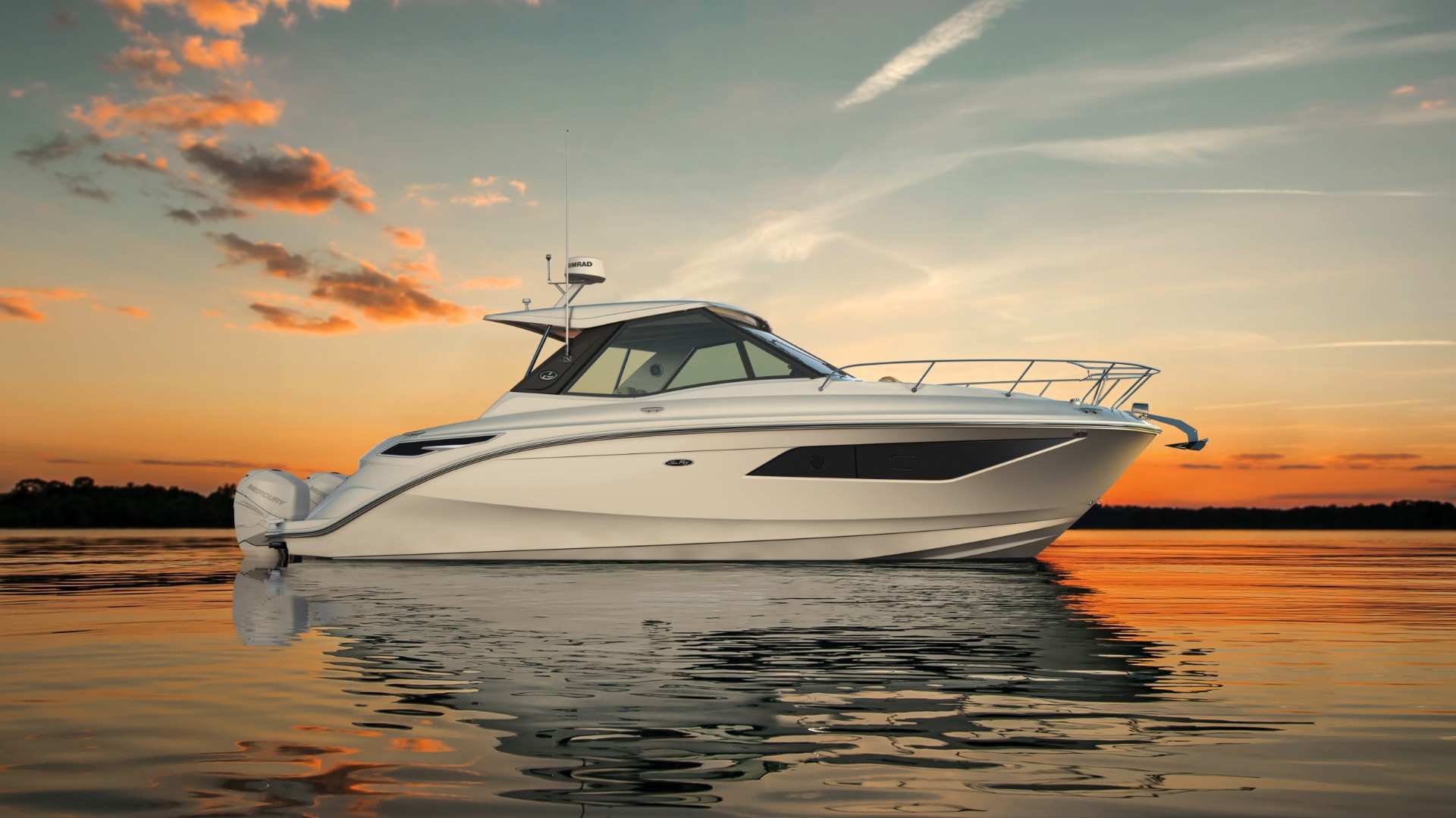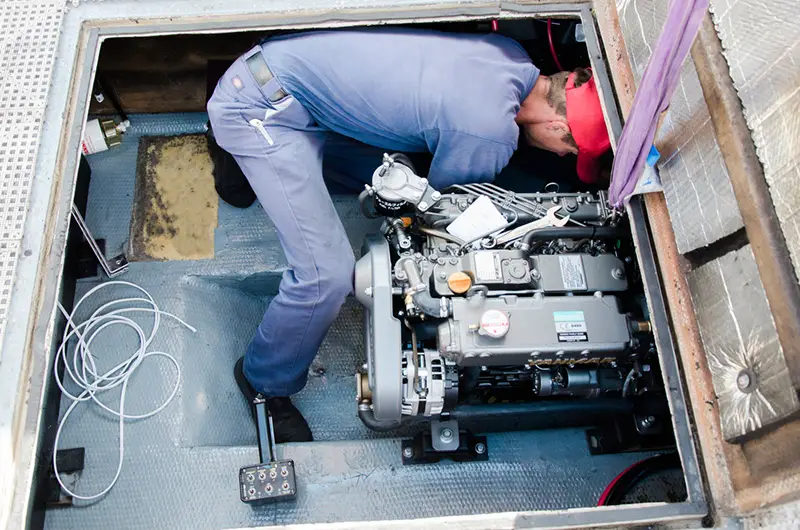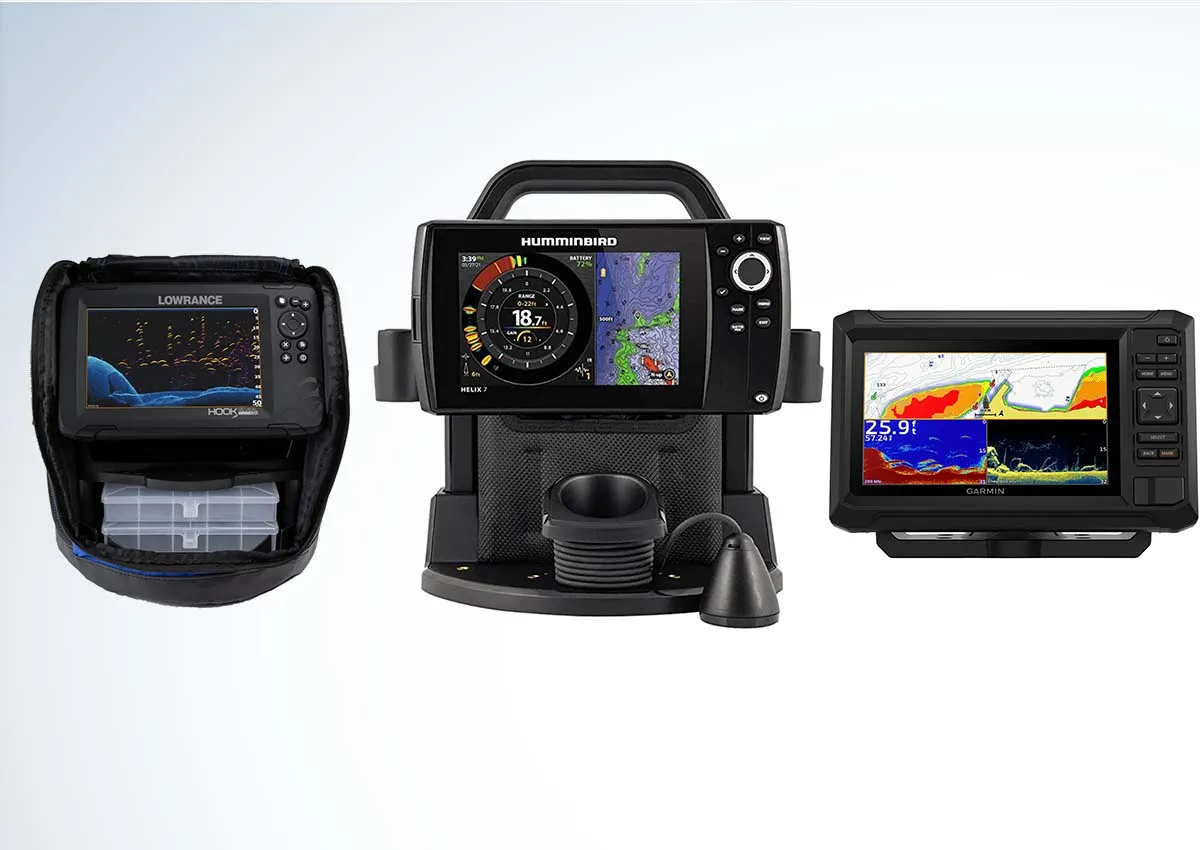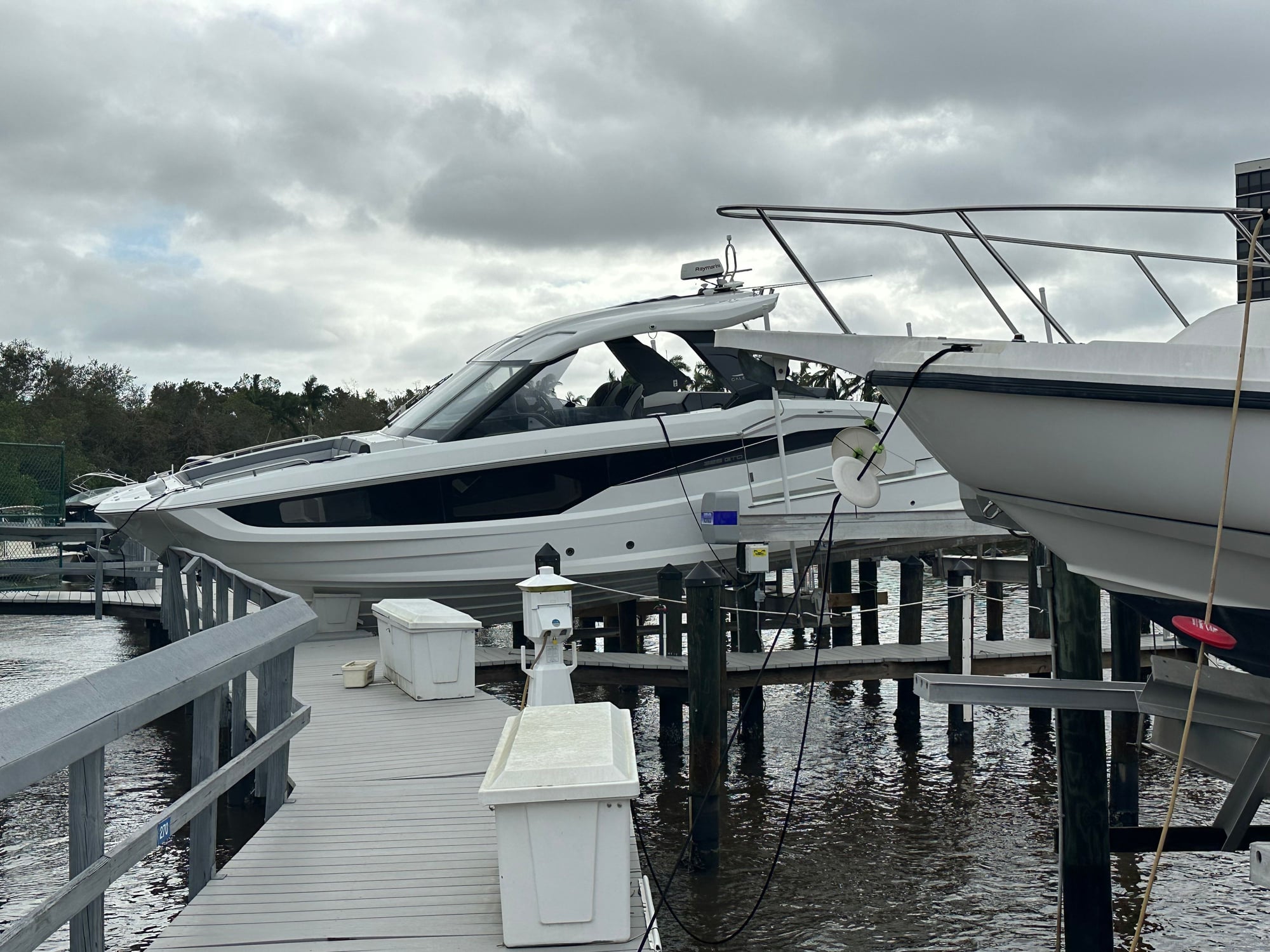Floating Docks: A Complete Guide to Installation and Maintenance
Floating docks provide an ideal solution for those looking to install a dock in a location with fluctuating water levels or in a body of water where it's essential to minimize environmental impact. Efficient and versatile, these structures are often easier to install and maintain compared to their stationary counterparts. Additionally, they offer an innovative way to support water-based recreational activities and provide a stable platform for boat storage.
There are various types of floating docks available, each catering to specific needs and preferences. Factors such as materials, design, customization options, and the intended purpose of the dock play a significant role in helping you determine the right choice. Furthermore, understanding the anchoring, securing, and installation processes is essential in ensuring the safety and longevity of your floating dock investment.
As you explore the world of floating docks, it's vital to consider location-specific requirements, safety guidelines, and any necessary permits. This will help you stay in compliance with local regulations while also ensuring the safety of your dock users. Additionally, be aware of the available accessories and add-ons that can enhance the functionality and convenience of your floating dock, making it a perfect fit for your waterfront needs.
Key Takeaways
- Floating docks are versatile structures, suitable for various environments and water activities.
- Factors such as design, materials, and customization options should be considered when choosing a floating dock.
- Adhering to safety guidelines, permits, and location-specific requirements ensures a safe and compliant docking experience.

Types of Floating Docks
Floating docks are versatile structures ideal for lakes, seas, and other bodies of water. They come in various designs and materials to suit different environmental conditions and requirements. This section discusses three main types of floating docks: Pontoons, Customizable, and Stationary Docks.
Pontoons
Pontoons are a popular type of floating dock that use two or more cylindrical floats to provide support. These cylindrical floats, often referred to as "pontoons," can be made of plastic, aluminum, or other materials, depending on their intended use and location. Pontoons offer stability, allowing for a wide range of recreational and commercial activities, such as fishing, swimming, or docking watercraft. They are also suitable for use in areas with fluctuating water levels, as they can easily adapt to changing conditions.
Customizable
Customizable floating docks provide flexibility in configuring the dock system according to an individual's needs or preferences. These docks utilize a modular system that enables them to be easily expanded, reconfigured, or even disassembled for storage and transportation. The customizable nature of these docks allows for multiple configurations, including straight, L-shaped, T-shaped, or other custom layouts based on the waterfront's unique requirements. Such docks come in different materials like aluminum, wood, or plastic, offering a range of options for both aesthetics and durability.
Stationary Docks
Stationary docks, also known as fixed docks, are more traditional in design and differ from other floating docks in their anchorage. Instead of floating on the surface, stationary docks remain secured in place by poles driven into the seabed or other anchoring systems. While they provide stable docking platforms, their fixed nature makes them less adaptable to fluctuating water levels or changing conditions. These docks are typically made of wood or metal and require more maintenance than floating docks due to their exposure to water and weather elements.
Each type of floating dock has its advantages and can cater to various waterfront situations and needs. While pontoons provide stability, customizable docks offer design flexibility, and stationary docks give a more traditional docking experience. Ultimately, the choice of a floating dock will depend on individual requirements, preferences, and environmental conditions.

Materials and Durability
When it comes to building a floating dock, selecting the right materials is crucial for ensuring durability and longevity. In this section, we will discuss some popular materials used in the construction of floating docks and their durability.
Wood
Wood is a traditional choice for floating docks, often used due to its natural appearance and ease of workability. Pressure-treated lumber is commonly used for the framework, providing resistance to rot and insect damage. Decking boards made from wood, such as cedar or redwood, are popular for their aesthetics and durability. However, wood docks can require more maintenance over time, as exposure to water and weather can lead to warping, cracking, and decay.
Concrete
Concrete is a durable and long-lasting material option for floating docks. It can be used to construct the entire dock or combined with other materials like steel. Concrete docks can withstand harsh environments and provide excellent stability. They are less likely to degrade over time, requiring comparatively fewer repairs. A downside to concrete docks is their weight, which can make installation more challenging.
Metal
Metal floating docks are often made from galvanized steel, which offers excellent durability and strength. These docks are more resistant to corrosion, thanks to the galvanizing process that coats the steel, providing a layer of protection against rust. Metal docks are strong and durable but can be more expensive than other materials. They may also require occasional maintenance to address any signs of corrosion or wear.
Aluminum
Aluminum is another option for floating docks, valued for its lightweight and corrosion-resistant properties. It is a versatile material that can be used in various dock designs and is less susceptible to damage than wood. Aluminum docks require minimal maintenance and are well-suited for locations with fluctuating water levels. However, they may be more expensive compared to other materials like wood.
Polystyrene
Polystyrene is often used as a flotation material for floating docks. It is lightweight, durable, and resistant to water absorption, making it a suitable choice for supporting the dock structure. Polystyrene is typically encased within a protective shell or covered in a marine-grade fabric or plastic to protect it from damage and prolong its life. While it may not be a primary structural component of a floating dock, its use can enhance the overall durability and longevity of the structure.

Design and Customization
Water Level Adaptability
One of the key aspects of floating dock design is the ability to adapt to changing water levels. Floating docks should be anchored and buoyant, allowing them to maintain stability despite fluctuations in water levels. This can be achieved by using durable floats that are resistant to water, rot, and UV damage, providing low maintenance and reliable buoyancy. Floats also play a crucial role in determining the overall stability of the dock, and selecting the appropriate size and type is essential for a safe, functional floating dock.
Slip-Resistant Surfaces
An important design consideration for floating docks is incorporating slip-resistant surfaces. These surfaces are essential for ensuring user safety, particularly in wet conditions. Decking materials should be chosen based on their ability to provide traction and slip-resistance, even when wet. High-quality materials, such as pressure-treated wood or composite materials, can offer a balance of durability and slip-resistance, contributing to a safer and more reliable floating dock experience.
Color and Style Choices
Floating docks offer a range of customization options, allowing for both functional and aesthetic considerations. Dock owners can choose from an array of colors and styles to match their waterfront property or personal preferences. Customizable design elements can further enhance the dock, offering features such as built-in seating, storage, lighting, and even customizable layouts to optimize the use of space. By carefully selecting color palettes and design features, dock owners can create a floating dock that is not only functional and adaptable but also visually appealing and enjoyable for users.

Construction and Installation
Floating docks offer many benefits and are becoming increasingly popular for waterfront properties and commercial use. This section will provide guidance about constructing and installing floating docks, considering DIY options, pre-built solutions, and hiring a professional contractor.
DIY Floating Docks
Building a floating dock yourself can be a rewarding project, especially if you have some experience working with tools and materials. You'll need the proper hardware, such as bolts and gangway components, to assemble your dock. Start by constructing a frame using pressure-treated wood or an alternative durable material. Choose floats designed for docks, such as pontoons or other suitable options, to ensure adequate buoyancy. Once the frame is complete, attach the floats and install deck boards for the walking surface. For stability, consider using poles to anchor the dock in place. It's essential to follow proper guidelines and steps while building a DIY floating dock to ensure safety and longevity. You can find several resources, such as this step-by-step guide, to help with the process.
Pre-Built Options
Pre-built floating docks are available for those less inclined or without the necessary experience to build one from scratch. These docks come with most components assembled, such as the frame, floats, and deck boards. They often include detailed instructions on how to complete the installation. It's crucial to carefully follow the manufacturer's guidelines to ensure you achieve a secure and effective dock. Although pre-built docks can be more expensive than DIY options, they can save time and effort, offering a more convenient solution.
Hiring a Contractor
If you're not confident in your carpentry skills or lack the time to build a floating dock, consider hiring a professional contractor. They have the necessary experience, tools, and materials to construct and install a high-quality floating dock. A contractor can work with you to create a customized design, taking into account factors such as size, location, and accessibility with a gangway. One advantage of hiring a contractor is their expertise in choosing appropriate floats, hardware, and paint to increase the dock's durability and performance. When choosing a contractor, ensure they have a proven track record in dock installation, and seek recommendations from friends, family, or online reviews.

Anchoring and Securing
Pilings
One method of securing a floating dock is through the use of pilings, which are driven into the seabed to create a solid foundation for anchoring. Pilings can be made of various materials, such as wood or metal, and their length will depend on the water depth and the size of the dock. When implemented correctly, pilings offer a stable solution, especially for larger docking systems or environments subjected to strong currents and wave action.
Chains and Ropes
Concrete anchors and chains are commonly used for securing floating docks. It's recommended to use a 3/8 galvanized chain and attach it to the anchor in a crisscross configuration for increased stability. The ratio of anchor weight to dock weight should be roughly 2:1 to achieve proper anchorage.
Chains can be attached to ropes or other connecting materials. When choosing ropes, opt for those that are durable and resistant to harsh environmental conditions. Marine-grade ropes, for example, polyester or nylon, are well-suited for tethering floating docks.
Vertical Poles
Another method to keep a floating dock in place is by using vertical poles, also known as anchor poles. These poles are installed in the seabed and, similar to pilings, create a stable anchorage for the dock. The key difference between pilings and vertical poles is that poles slide through sleeves or brackets on the dock, allowing for vertical movement with changing water levels.
To properly anchor your floating dock using vertical poles, you'll need to measure the water levels at their maximum height during high tide and their lowest point during low tide. This calculation ensures that the poles are of the right length and can maintain stability while still allowing for movement in various conditions.
In summary, whether you choose to anchor your floating dock using pilings, chains and ropes, or vertical poles, it is essential to take into account the site's specific conditions, such as the seabed composition, water levels, and environmental factors. Hiring a contractor with experience in installing floating docks may be a wise decision to ensure that the anchor type selected is appropriate for the location and your specific needs, such as accommodating jet skis or incorporating a dock gangway.

Accessories and Add-Ons
Floating docks are not only adaptable and portable; they also offer a wide range of accessories and add-ons to enhance your boating and entertainment experience. This section focuses on three specific subcategories: Boat and Jet Ski Attachments, Entertainment Space Features, and Eco-Friendly Options.
Boat and Jet Ski Attachments
For those looking to add functionality and convenience to their floating dock system, various attachments are available to accommodate boats, jet skis, and other water vessels. Some common attachments include:
- Boat lifts: These allow easy docking and protection of your boat from the effects of wind, waves, and debris.
- Jet ski ports: Similar to boat lifts, these provide secure docking for your jet skis while keeping them protected from the elements.
- Life jacket storage: Installing a life jacket storage system on your floating dock ensures that safety gear is readily accessible for all users.
Entertainment Space Features
Your floating dock can also serve as a versatile entertainment space with the addition of a few key features. Consider the following:
- Furniture: Add seating and tables to create a comfortable and inviting space for relaxation and socializing.
- BBQ Grill and mini-kitchen: With the integration of a grill and a mini-kitchen on your dock, you can easily prepare meals and enjoy a waterfront dining experience.
- Lighting: Illuminate your space with solar lights or energy-efficient LED lights for increased visibility and ambiance during nighttime gatherings.
- Shade Structures: Adding a canopy or umbrella will provide your guests with a reprieve from the sun, promoting a more comfortable and enjoyable experience.
Eco-Friendly Options
As environmental awareness increases, many floating dock owners are opting for eco-friendly solutions. Some popular options include:
- Solar-powered accessories: Utilize solar power for lighting and charging stations to reduce your reliance on non-renewable energy sources.
- Recycled materials: When selecting a floating dock system, look for options made from recycled plastics and environmentally conscious materials.
- Weed removal: Prevent invasive plants from harming your dock or local ecosystem with regular maintenance and the use of eco-friendly weed removal products.
Incorporating these accessories and add-ons into your floating dock will not only elevate its functionality but also enhance your overall experience on the water. Whether you opt for boat attachments, entertainment features, or eco-friendly options, you are sure to create a space that meets the needs and preferences of all users.

Location Considerations
When planning to install a floating dock, selecting an appropriate location is crucial. Several key factors must be taken into account: the type of waterfront property, the body of water, and the weather conditions.
Lakes and Reservoirs
Floating docks are a popular choice for lakes and reservoirs as they provide versatile access to the water and can accommodate various watercraft. They are designed to maintain function and stability with changing water levels, making them suitable for reservoirs that might experience seasonal fluctuations. When installed on waterfront property, floating docks can enhance the user's interaction with the surrounding environment by providing easy access to the water.
Oceanfront Property
Floating docks can be used at oceanfront properties as well but may need to be tailored to withstand the unique challenges of coastal environments. The corrosive nature of salt water and the powerful wave action can affect the structural integrity of a floating dock. When choosing a location for your oceanfront floating dock, consider factors such as tides and currents, and select high-quality materials that can endure the harsh conditions.
Weather Conditions
It's essential to consider the impact of weather conditions on your floating dock. Areas prone to high winds, storms, or freezing temperatures may require additional features for stability and durability. For instance, floating docks in regions with harsh weather might need to be constructed with more robust anchoring systems, and breakwaters or wave attenuators can be used to protect the dock from damaging wave energy. Taking these precautions ensures that your floating dock remains functional and accessible regardless of the weather.

Safety Guidelines and Permits
Planning and Permit Acquisition
When planning for a floating dock, it is essential to understand the local rules and regulations regarding permit acquisition. Some areas may require a permit for constructing or installing a dock, while others may simply require compliance with certain regulations. Make sure to do thorough research and gather any necessary permits before beginning your dock project. Consult with local authorities and check the Florida Department of Environmental Protection for more information on regional requirements.
Dock Safety Measures
Safety should always be a top priority when designing and using a floating dock. Some key points to consider include:
- Wear a life jacket: Ensure that anyone using the dock, especially children, wear a life jacket to minimize the risk of drowning accidents.
- Non-slip surfaces: Install non-slip decking materials to prevent slips and falls, particularly in wet conditions.
- Deflective edges: Incorporate deflective edges on the dock to prevent injury from sharp corners or protruding objects.
- Accessibility: Ensure that the dock is easily accessible and has appropriate railings and ramps for persons with disabilities.
- Lightweight materials: Use lightweight materials, such as plastic or aluminum, for the dock's construction to reduce the risk of injury in case of a collapse.
Maintenance and Inspection
Regular maintenance and inspection are crucial to ensuring the safety and longevity of your floating dock. Implement these recommendations to keep your dock in good condition:
- Inspect regularly: Periodically check the dock for signs of wear, damage, or corrosion, both above and below the waterline.
- Maintain connections: Check all hardware and connections for tightness and replace any rusted or damaged parts.
- Clean the surface: Remove algae, dirt, and debris from the dock surface to prevent slips and falls.
- Monitor flotation: Examine flotation devices for signs of damage and ensure they provide adequate buoyancy to support the dock's weight.
By adhering to these safety guidelines and obtaining the necessary permits, you can confidently install and maintain a safe, enjoyable floating dock experience.

Frequently Asked Questions
What are the disadvantages of floating docks?
Floating docks offer many advantages, but they do have some disadvantages. One main concern is that they can be less stable than fixed docks, especially in rough water or stormy conditions. They can also be more expensive than fixed docks, due to the additional materials required for the floating system. Additionally, floating docks may be subject to increased wear and tear from the constant movement caused by water fluctuations.
How deep does the water need to be for a floating dock?
The water depth needed for a floating dock depends on the specific design and the type of floats being used. Generally, a minimum water depth of at least 1.5 to 2 feet is recommended to allow for proper buoyancy and to prevent the dock from touching the bottom during fluctuations in water level. For larger docks or those with heavier loads, a deeper water depth may be required. This comprehensive guide can provide more information on selecting the right dock for your specific needs.
How many floats do I need for a floating dock?
The number of floats needed for a floating dock depends on the size of the dock and the weight it needs to support. Each float has a specific buoyancy rating, so it is important to calculate the total required buoyancy for the dock, taking into account the weight of the dock structure, any additional accessories, and the intended load (e.g., people, boats, etc.). It is recommended to consult with a professional or refer to manufacturer guidelines to determine the proper number and placement of floats for a safe and stable dock system.
Are floating docks hard to walk on?
Walking on floating docks can be slightly more challenging than walking on fixed docks due to their inherent movement. However, with a properly designed and constructed floating dock, walking should still be relatively easy and comfortable. High-quality materials, sufficient buoyancy, and a stable connection system contribute to a user-friendly experience on a floating dock.
What materials are commonly used for floating docks?
Floating docks can be made from various materials, such as wood, metal, or certain types of plastics like polyethylene. Wooden docks are typically more traditional, while metal and plastic docks offer more durability and resistance to environmental conditions. The choice of material depends on factors like budget, aesthetics, maintenance requirements, and personal preference.
How do I maintain and clean a floating dock?
Maintenance and cleaning of a floating dock depends on the material used in its construction. For example, wooden docks may require periodic treatments like waterproofing or sealing to protect against water damage. Metal and plastic docks generally require less maintenance but should still be inspected regularly for any signs of damage or wear. Cleaning a floating dock typically involves removing debris and algae buildup with a pressure washer or a scrub brush and mild detergent. Regular maintenance and cleaning will help prolong the life of the dock and keep it looking its best.
Charlie is Editor-in-Chief of Sea Magazine







